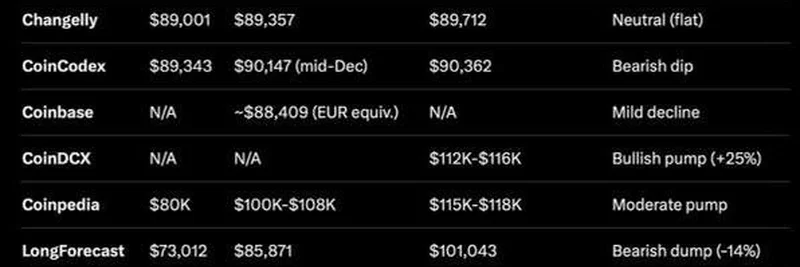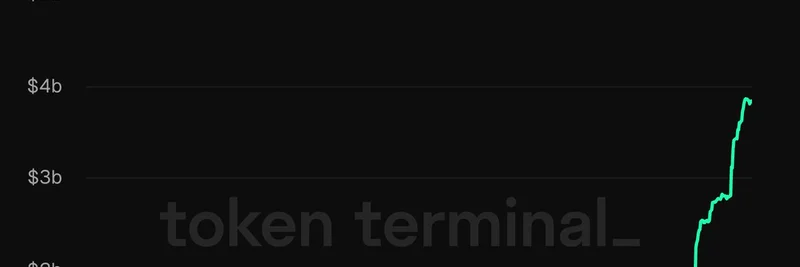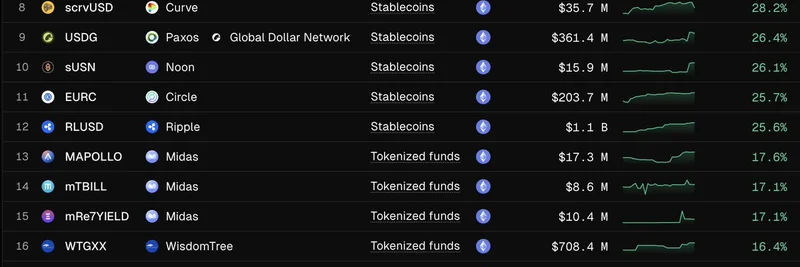Hey there, crypto enthusiasts! Welcome to Day 3 of the 30DaysOnBase challenge by KINGMIRAX, where we dive deep into the world of blockchain technology. Today, we’re tackling a hot topic: the difference between Layer 1 (L1) and Layer 2 (L2) blockchains, and why Base, an Ethereum Layer 2, is making waves. If you’re new to this or just curious about how blockchain scaling works, stick around—this is going to be an exciting ride!
What Are L1 and L2 Blockchains?
Let’s start with the basics. A Layer 1 (L1) blockchain is the foundation—like Ethereum, Bitcoin, or Solana. These are the main networks that handle security, consensus (how transactions are agreed upon), and block production. Think of them as the sturdy base of a house. But here’s the catch: as more people use them, things can get slow and expensive. For example, Ethereum’s gas fees can skyrocket during busy times, making it tough for everyday users.
This is where Layer 2 (L2) solutions come in. L2s are like adding an express lane to that busy highway. They sit on top of an L1, process transactions faster and cheaper, and then send the results back to the main chain. Base, built on Ethereum using Optimism’s OP Stack, is a perfect example. It keeps Ethereum’s top-notch security while making transactions quicker and more affordable.
Why Does Base Matter?
So, why should you care about Base? It’s not just another tech upgrade—it’s a movement! Unlike some L2s that focus only on speed or profit, Base is all about usability. It’s designed to bring real people—artists, educators, gamers, and builders—onto the blockchain. With a clean user experience (UX), open access, and low costs, it’s perfect for experimenting and creating.
Take projects like EverybNeedsBase or Frenchiethebull—they thrive on Base because it gives them room to grow without needing big venture capital (VC) funding. This grassroots approach is what makes Base special. It’s not just about financial gains; it’s about building a cultural and social hub on the blockchain.
L1s for Pioneers, L2s for the People
KINGMIRAX puts it perfectly: “L1s were for the pioneers, L2s are for the people.” While L1s like Ethereum laid the groundwork, L2s like Base are where the action happens. They’re building a “house” where communities can move in, paint the walls, and shape the culture. This shift is huge for Web3—it’s moving from a tech experiment to a space where everyone can participate.
For instance, Base’s low costs and easy onboarding make it ideal for meme tokens and creative projects. If you’re into meme tokens, you’ll love how Base supports this vibrant ecosystem without the noise of tribalism found on other chains.
How Base Stands Out
What sets Base apart from other L2s? It’s all about accessibility. Here’s a quick rundown:
- Cheaper Transactions: Perfect for testing new ideas without breaking the bank.
- Creator-Friendly: Artists and developers can experiment freely.
- Community-Driven: Backed by Coinbase but governed by its users.
This mix of Ethereum’s security and Web2-like ease is why KINGMIRAX chose Base for this 30-day challenge. It’s a canvas for documenting Web3’s evolution, and we’re all part of the story!
Join the Journey
If you’re new to Web3, Base is a fantastic starting point. It’s affordable, welcoming, and bridges you to Ethereum’s vast ecosystem. Whether you’re a builder, a learner, or just here for the meme token hype, this is your chance to get involved.
Follow along with the 30DaysOnBase challenge on KINGMIRAX’s X account to learn more. Share your thoughts, challenge the ideas, and let’s shape the future of blockchain together. Stay tuned for Day 4, and keep exploring the exciting world of meme tokens and beyond!
#StayBased #KINGMIRAXwrites #BuildOnBase



